Having been placed in a group with Denmark, Russia and Finland, Belgium were certainly expected to top Group B. Roberto Martinez’s side did not disappoint in the group stages, winning all three of their matches and conceding just 1 goal. Here is our tactical analysis of Belgium at Euro 2020 so far.
SYSTEM OF PLAY: 3-4-2-1

Roberto Martinez has always been a fan of back-three formations, dating all the way back to his time in charge of Wigan Athletic. The Spanish manager has continued to use his favoured 3-4-2-1 at the Euros so far, and pending a massive injury overhaul this probably won’t change. Everything in the formation flows toward the 1 – Romelu Lukaku, and the majority of wingers and wing-backs can swap in and out of both roles.

In goal, Thibaut Courtois has conceded just 1 goal so far in his three matches, backed up by a relatively solid defense of former Spurs man Jan Vertonghen and current Spurs man Toby Alderweireld. 30-year-old Hertha Berlin defender Dedryck Boyata has also battled for a place alongside Lyon’s Jason Denayer in between them. But it’s actually been 35-year-old defender Thomas Vermaelen as the only one to play all 3 matches so far, albeit two of those have been from the bench. Roberto Martinez’s rotation in other positions has also been more than apparent, with Thomas Meunier and Thorgan Hazard the most frequent wing-backs following Timothy Castagne’s eye injury in the opening match.
Embed from Getty ImagesIn central midfield, Martinez has rotated through Youri Tielemans, Kevin de Bruyne, Axel Witsel and Leander Dendoncker. As we progress into the knockout round, a balance will certainly need to be met between pass masters like de Bruyne and Tielemans and more defensively minded midfielders like Dendoncker and Witsel. Further forward, Eden Hazard’s appeared in all 3 matches but only started 1. Martinez also has solid wing options in Yannick Carrasco and Dries Mertens, while the 19-year-old Rennes forward Jeremy Doku impressed in their recent encounter against Finland. Romelu Lukaku is the only other player to start three matches alongside Courtois. The Inter Milan striker has been nearly unstoppable so far, scoring 3 goals in 3 matches.
Within their 3-4-2-1, Roberto Martinez tends to be more defensive than attack-minded, although individual brilliance tends to take over in the final third. The defensive shape usually resembles a 5-4-1 or more commonly 5-2-3, with the wing-backs then getting forward to join a high-flying 3-2-5 in attack. A high-flying attack can however be something of a rarity for the Red Devils, as we will speak about with their patient build-up.
build-up
Embed from Getty ImagesUnder Roberto Martinez, Belgium have always been, and will always be, a possession-based team. De Rode Duivels have kept 58% of the ball this tournament so far, to which only three sides have kept more (Italy, Germany, and Spain). Their build-up is however relatively patient and slow, and it is not always as progressive toward the likes of Lukaku and Hazard as it could be. In Toby Alderweireld, the Belgians do have an excellent long-passer of the ball, and someone who looks for moments to free speedy attackers in on goal. Then in Tielemans and de Bruyne, they have two more elegant passers of the ball who want to be progressive and make magic happen, particularly de Bruyne – who alongside Alderweireld has also completed five long passes per game. It is however the centre-backs who like to pass the ball around between themselves, and will often cautiously circulate the ball before playing in central midfielders like Tielemans and de Bruyne. Interestingly enough, this back-three is usually all in one straight line when building out, rather than creating varying angles to receive on a triangle – like Italy. Potentially this allows them to achieve greater compactness if they were to lose the ball. In possession it could also provide the advantage of greater ease at short passes between themselves and the central midfielders. But beyond that, it’s a bit peculiar and has the potential to limit the speed at which switches of play can occur. The central midfielders on the other hand will usually provide varying angles of support, with Tielemans generally the deepest when he’s in the team. They will either look to receive in between the lines, or Tielemans will impatiently drop deep toward the centre-backs himself and then look to progress the ball forwards. With a defensive midfielder alongside him like Witsel and Dendoncker, the Leicester man could then be encouraged to progress higher and continue making runs forward even after making a vertical pass. With de Bruyne in the team, his role might be more defensive.

The wing-backs can also be used in initial stages of the build-up, particularly Thogan Hazard on the left as he looks to link up with left-sided Tielemans. But their role is much less imperative, and more so to open options for one-touch passes back to central areas, as Belgium look to progress vertically first and then wide later. It’s also important to note that Belgium’s inverted wingers truly do play inverted, and this allows their wing-backs to gallop higher and take up wide positions instead. What this allows in the build-up is more numbers to directly progress centrally, as the inverted wingers will drop deep to pick up possession. The formation is also great for building triangles both in and out of possession, which naturally aids Belgium’s possession and ability to keep hold of the ball.
defensive principles
Embed from Getty ImagesBelgium’s possession makes them very similar to Italy, in that they haven’t had too much defending to do. But their principles are still relatively clear. They’ve operated so far in a very non-aggressive style of defending, with both a low number of tackles and interceptions. They sit back in a mid to low block of a 5-2-3 or 5-4-1, as the wing-backs drop alongside the three-centre-backs.
Embed from Getty ImagesContrary to what was hypothesized about Belgium prior to the tournament beginning, Belgium are yet to press high with much intensity and fervidity, and are comfortable saving their energy sources for their high-flying attack instead. What this means is that their possession is even more impressive. They rarely lose the ball when they have it, and this explains the lack of more risky passes such as long-balls or crosses. If their possession wasn’t as impressive, their lack of proactiveness in defense would severely change their 58% control and dominance. Their shape again naturally helps them with specific defensive attributes for compactness, particularly the ability to naturally create triangles in wide areas between the outside-centre-back, wing-back, and central midfielder on one side. That can extend higher up the pitch if they wish to involve the inverted winger, but those players are generally less responsible for defensive tasks, and instead wait for moments to attack.
Embed from Getty ImagesIf they do press higher on goal kicks, their goal is generally to look to win the ball in central areas, where they can then immediately restart their attack with their central midfielders, inverted wingers, and Lukaku all in relatively close proximity. It will be interesting to see if Belgium ramp up their pressing against higher quality teams like Portugal and Italy, or if they continue to save their energy stores for bursting forward in attack. Teams that are less set-up to defend in a low block may also have an easier time exploiting Belgium’s shape in attacking transitions, since the wing-backs are often high positioned and the centre-backs are not the quickest. That gap between wing-back and centre-back could be one to watch against Portugal in particular, who have already demonstrated a particular adeptness on the break so far at this tournament.
attacking principles
Embed from Getty ImagesWith the likes of Kevin de Bruyne, Romelu Lukaku and Eden Hazard in the team, Belgium’s attack has always threatened to be one of the best on the planet. Their seven goal tally is the second highest of the tournament so far, and they genuinely look like scoring whenever they play due in particular to the presence of de Bruyne and Lukaku. Both operate in slightly different roles than they do for their club teams for their national team.
First and foremost, Belgium rely on dribbling and running power, in addition to their short pass and move sequences in tight spaces. They don’t play any real degree of long passes compared to others, nor do they cross the ball. Their 12 dribbles per game is the second highest at the tournament so far (again behind Netherlands), and they look to use their silky smooth attackers like de Bruyne, Hazard and the pace and power of Doku to break lines on dribbles when they can – particularly in central areas. De Bruyne can then look to deliver the occasional ball into the box for someone like Lukaku to attack, but these are more likely to be passes along the grass instead. At City, de Bruyne will frequently whip the ball in off the ground, while with Belgium these passes are usually kept to shorter distances and lower heights. Playing as part of a front-one, Lukaku is also more likely to play with his back to goal than he does at Inter, and will look for moments to roll the ball across the defender before shooting. He doesn’t have a natural partner to combine with, instead a host of men in behind working to create varying angles to receive and shoot. The fear that the big Belgian strikes in opposition defenses also creates a major concern, as simply his presence in the box can be enough to open up space for other players like Hazard and de Bruyne to run into.
But again, Belgium are a patient team. They are not one to thrust everything they have going forward and that 3-2-5 shape we briefly eluded to is fairly rare. Martinez’s men have taken just 10.7 shots per game, which is less than the likes of North Macedonia, Turkey, Poland and Scotland, all of whom accumulated significantly less points and have already been knocked out of the tournament. But they’ve made it work in taking their chances at the right moments, scoring 7 goals in 3 matches.

One final note on Belgium’s attack is that it can be fairly fluid with positional interchanges and movement off the ball. The wing-backs and wingers take turns operating wide or centrally, while someone like de Bruyne has the freedom to float around the pitch as he pleases. Meunier as the right-wing-back is generally less likely to adopt central positions than someone like Trossard did against Finland, but Thorgan Hazard’s movement is much more fluid – that is more similar to Trossard than Meunier.
Through these interchanges in both movement and passing, Belgium then look for passes and/or opportunities to dribbles into the penalty area from around the top of the box. They look to get several numbers into the box in these situations, including a player like Thorgan Hazard, who will make late runs from his position. While Lukaku can be a great target man, he’s also great with his feet in tight spaces, and this allows the inverted wingers to link up alongside him more seamlessly. This is where Belgium have been particularly deadly at the tournament so far, and how they’ve scored the majority of their goals.
conclusion
Embed from Getty ImagesBelgium have been exciting to watch so far at Euro 2020, led by a heap of mavericks like Romelu Lukaku, Kevin de Bruyne and Eden Hazard. Their patient possession has led to much in the way of dominance over their opposition, but also the fact that they are yet to be truly tested defensively. Their are evidently still things for Martinez to figure out as the knockout rounds approach, but for now the Belgians can celebrate a very successful group stage – taking three wins from three matches.
So there it is! A tactical analysis of Belgium at the European Championships so far! Be sure to check out more Euros content, including our analyses of group winners Italy, Sweden and Netherlands. Thanks for reading and see you soon!
You might also enjoy…
Our Ten Most Popular Analyses of 2021
2021 was the most successful year in the six year history of TheMastermindSite.com. Over the course of the year, we doubled our number of views, visitors, social media followers and email subscribers from where we left off in 2020. Our most popular feature and the aspect of our website that has gained the attention from…
Despair to Delirium – Italy’s Rise to Glory at Euro 2020
The eleventh of July, 2021 will go down in footballing history as the day Roberto Mancini and his Italian warriors etched their name in the history books. After missing out on the World Cup in 2018 entirely, Italy snatched the European Championship from England, right under the Wembley arch.
Futbol Masterminds – Italy Win Euro 2020, England’s Penalty Woes, and Southgate’s Substitutions
Kausty and Rhys break down their thoughts from the final match between England and Italy, including Gareth Southgate’s substitutions, England’s penalty woes, and the Player of the Tournament going to Gianluigi Donnarumma. Be sure to follow the show @futbolmasterminds on Twitter and subscribe via Spotify and Itunes!
Euro 2020 Final – Italy vs. England – Tactical Analysis
Euro 2020 has officially come to a close, with Italy crowned as tournament kings. England gave a mighty effort in the final to stop Italy from taking the crown, but as the match wore on there was only going to be one winner, and that was Roberto Mancini’s Italy. Nonetheless, the final proved to be…
The Mastermind Monthly Magazine – June 2021
Calling all subscribers to TheMastermindSite.com, our Monthly Magazine for June 2021 has now arrived. This month’s issue features an analysis of England’s 2-1 win over Denmark and Italy’s 2-1 win over Belgium.
Futbol Masterminds – Italy and England Through to the Final! But Who Will Win?
Following the conclusion of the Euro 2020 semi-finals, the Futbol Masterminds break down the semi-final games between Italy and Spain + Denmark and England. Declan then tries to convince John and Victor why Italy will win, with Victor and John pushing back with echoes of “It’s coming home.” Follow @futbolmasterminds on Instagram to see more…
Italy vs. England – Euro 2020 Final – Tactical Preview
After the craziness of the Round of 16 resulted in France, Germany and Portugal all being eliminated from the competition, the match that was expected to take place in the Euro 2020 final will now come to fruition. Italy and England have been the two best teams at the tournament, and the only two teams…
Italy 1-1 Spain – Euro 2020 Semi-Final – Tactical Analysis
In a highly contested affair, Italy and Spain played out a 1-1 draw after extra time, and needed penalty kicks to settle the match. After missing just one of their spot kicks, Italy sent themselves through to the final of the tournament, extending their impressive unbeaten run to 33 matches in all competitions. Here is…
Quick Take: Italy’s Shield is the Euro’s Sharpest Sword
When establishing a style of play, all top-level managers face the same pragmatic questions: How will positional defenders become functional attackers (and vice versa) as changes in possession occur? Where is the balance between earnest advancement and cautious reserve? And how is that equilibrium expressed, implicitly and explicitly, on the team sheet?
Futbol Masterminds – Quarter Final Breakdown and Semi-Final Predictions!
Following the conclusion of all four Quarter Final match-ups, the Futbol Masterminds discuss the winners and losers of the round, and make their bold predictions for the semi-finals. Follow @futbolmasterminds on Instagram to see more of the show and subscribe via Itunes and Spotify!

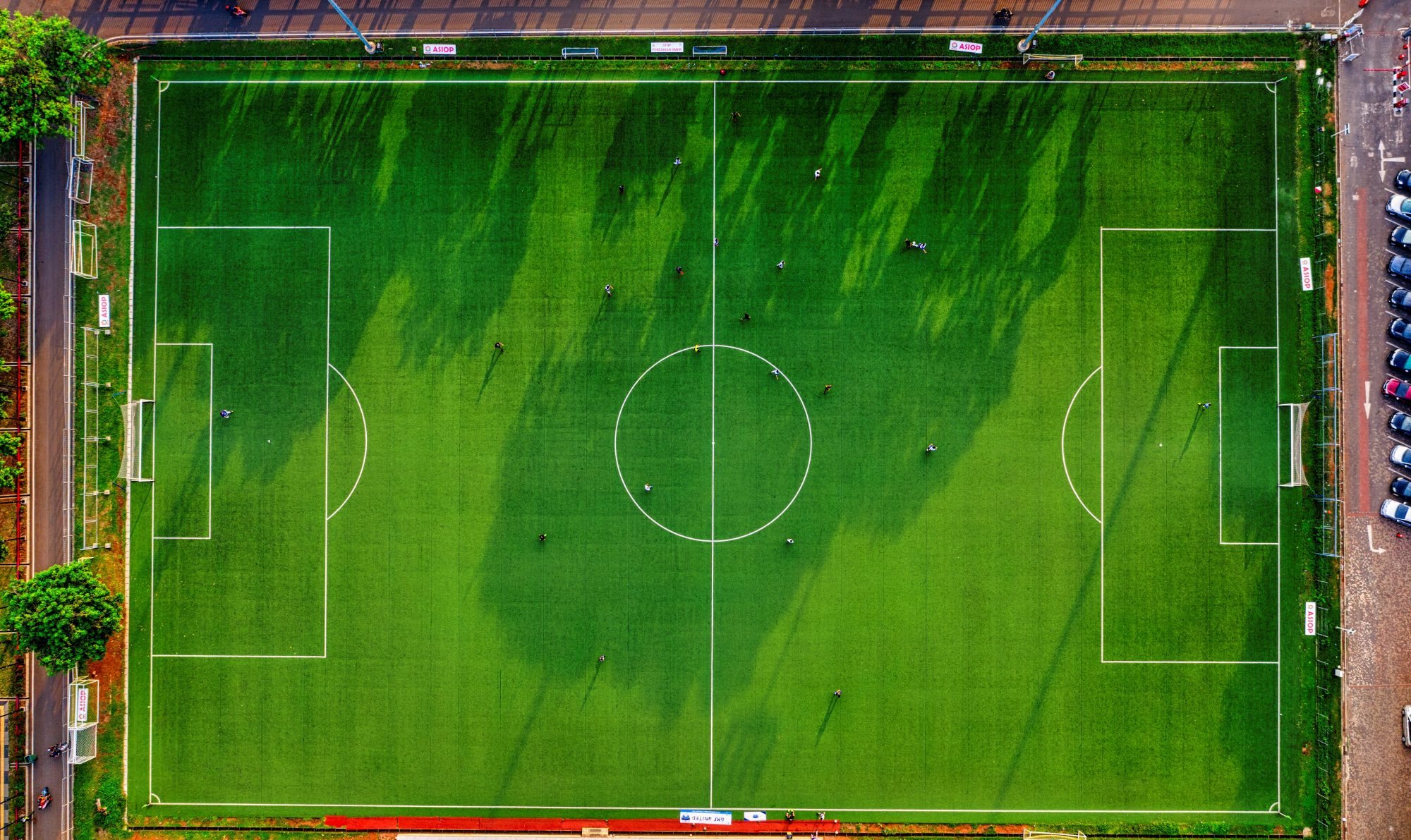
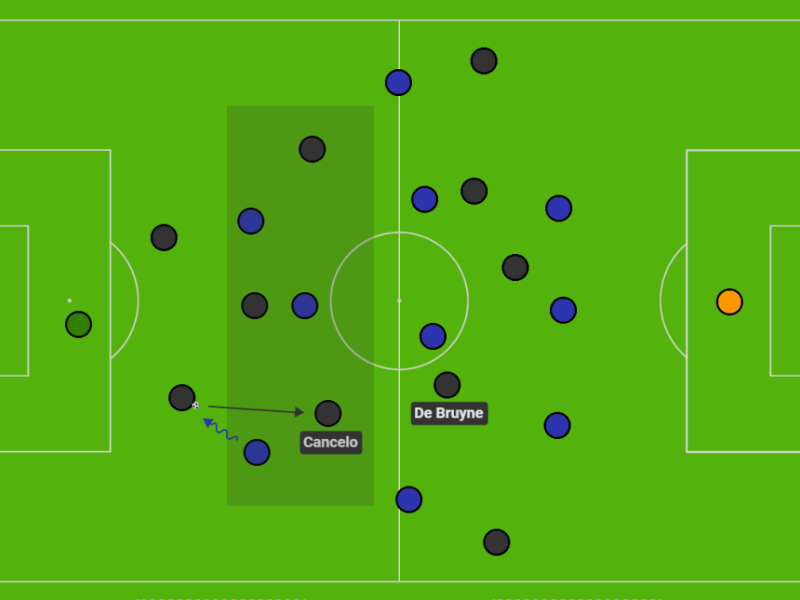

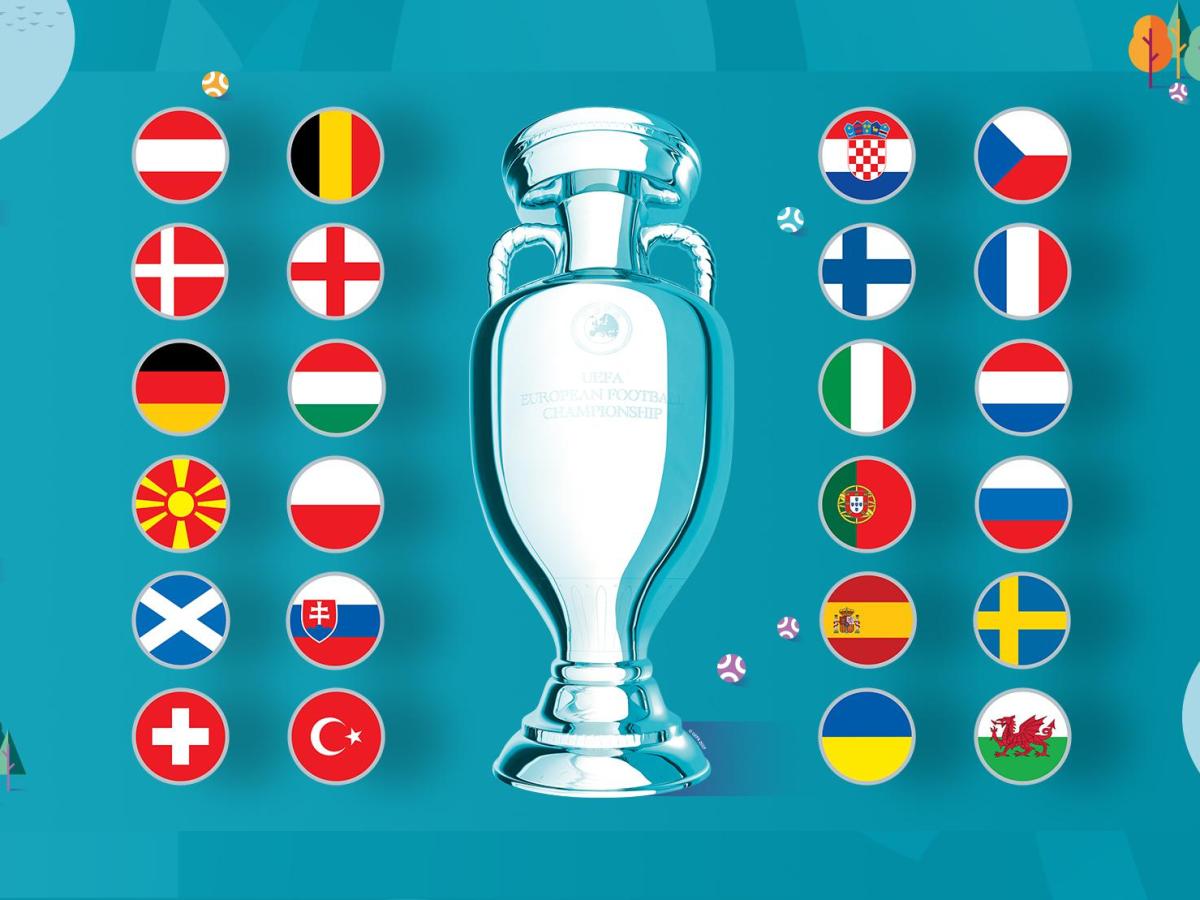
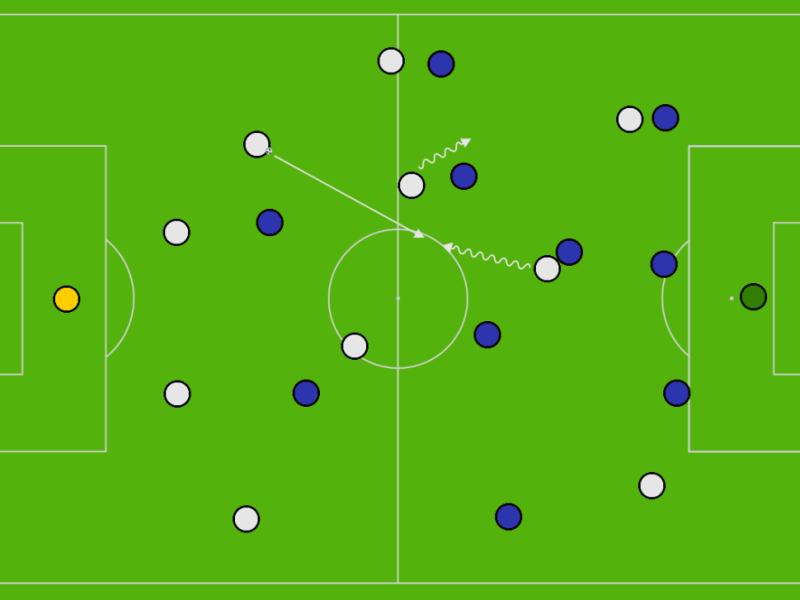
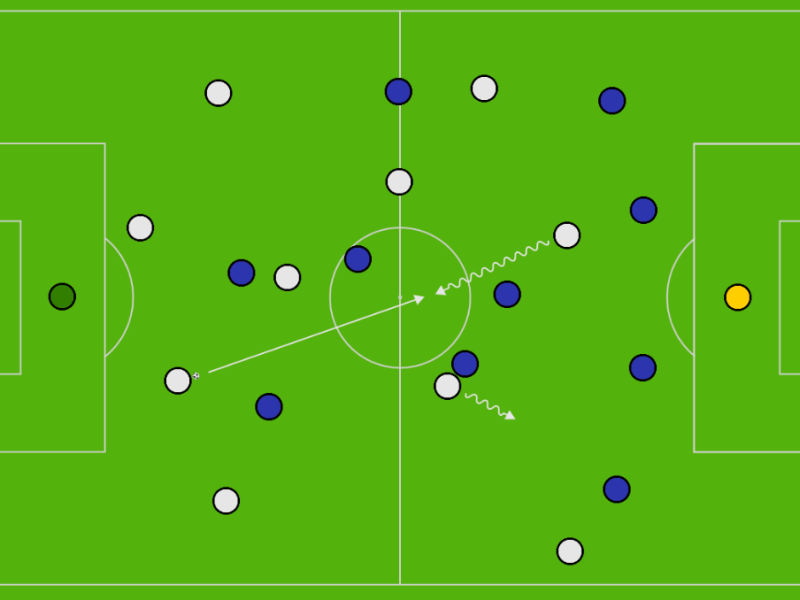

One thought on “Belgium – Euro 2020 – Tactical Analysis”